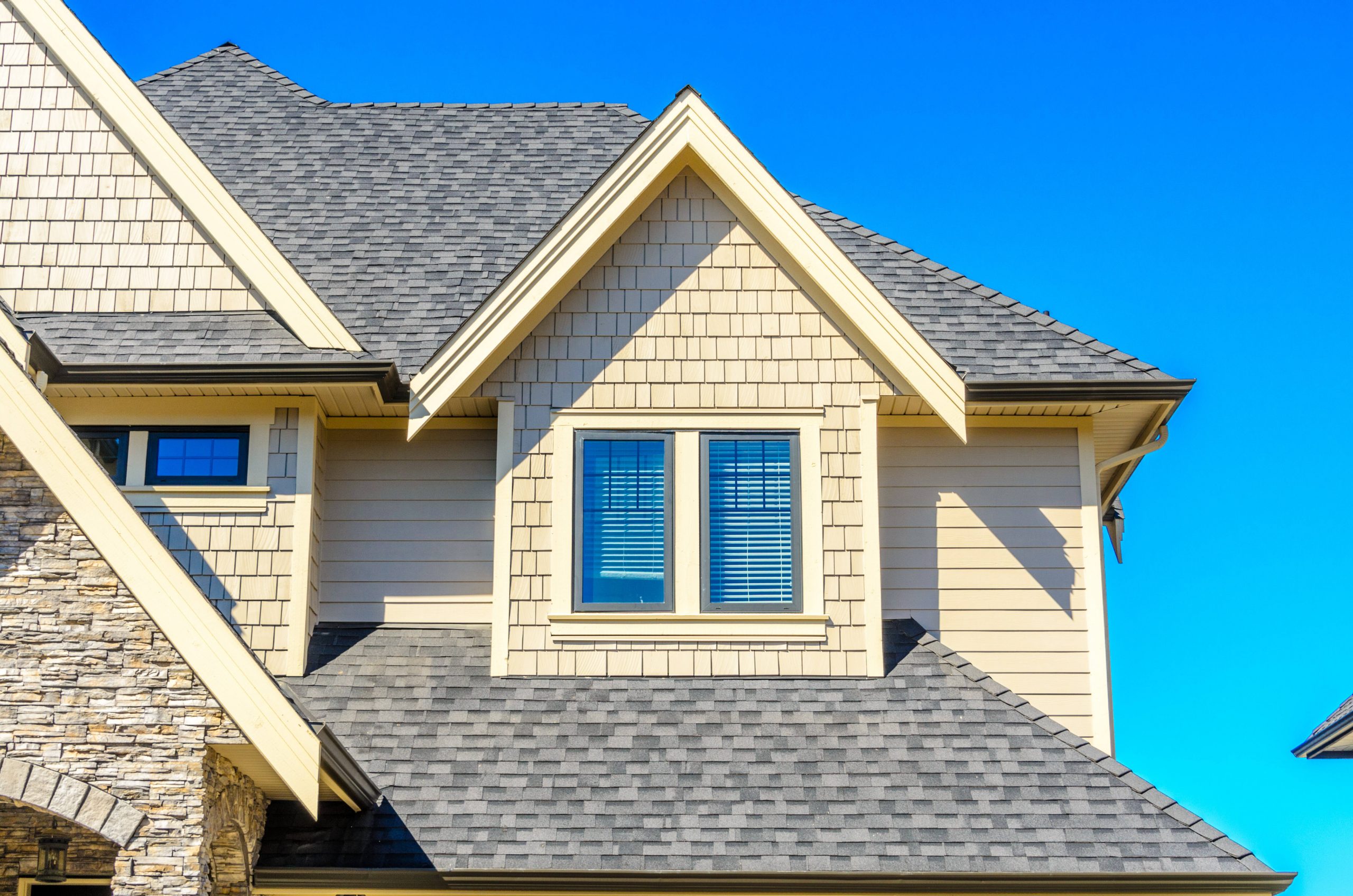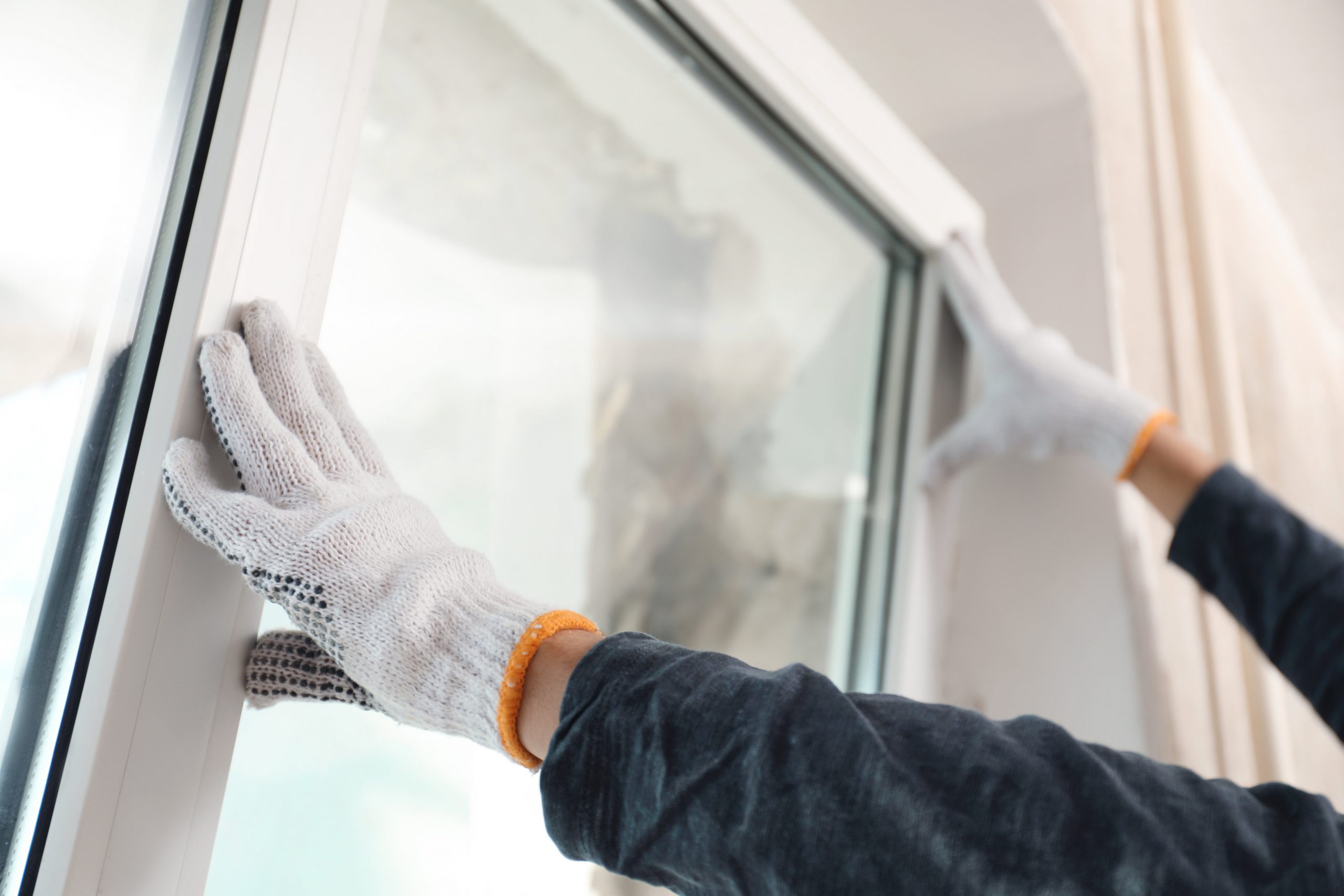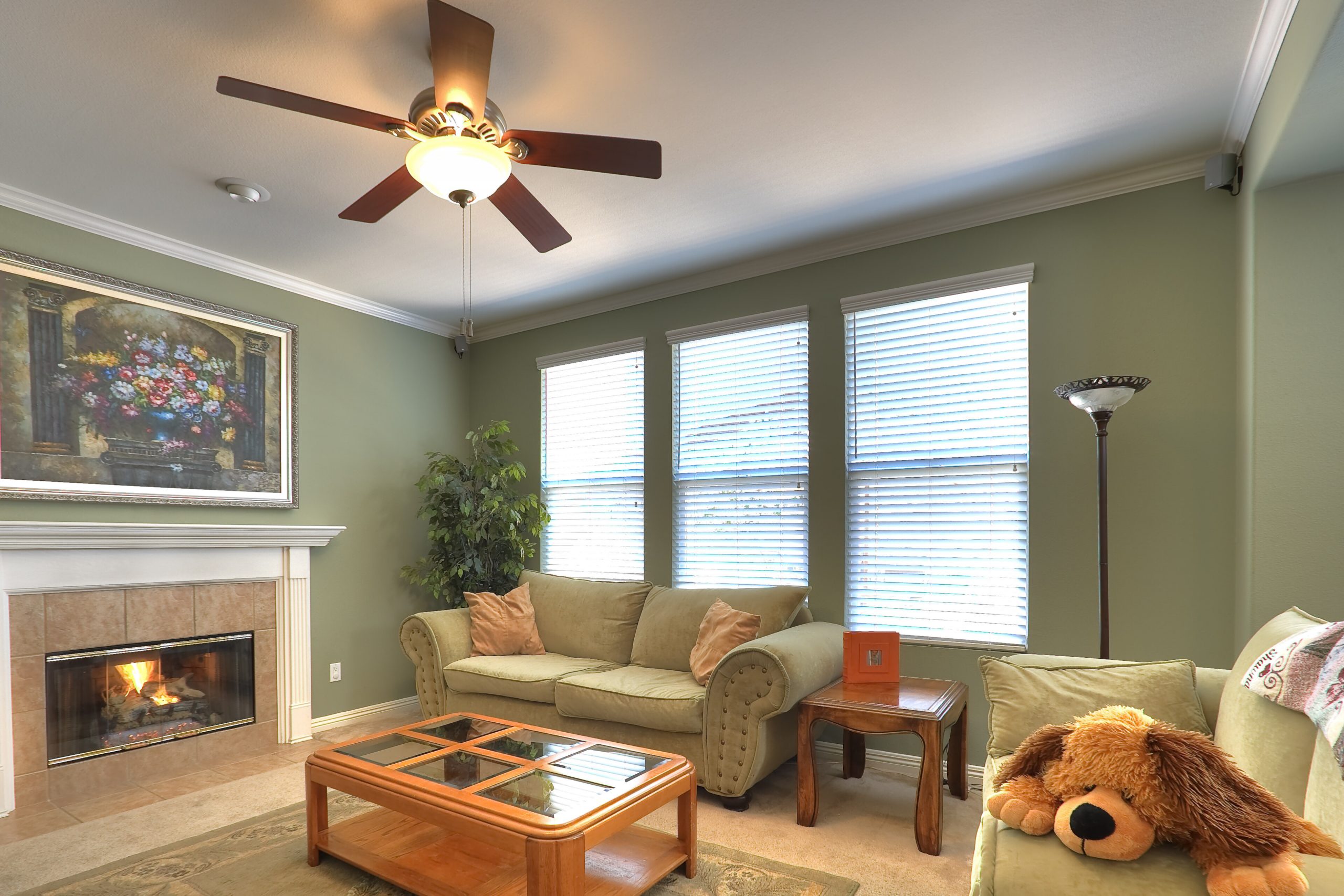Table of Contents
Keeping a Solid Roof Over Your Head: A Guide to Roof Maintenance and Leak Prevention
A well-maintained roof is essential for the safety and comfort of your home. Casability is here to guide you through the essentials of roof maintenance and leak prevention, helping you protect your investment and ensure peace of mind.

Understanding Your Roof
The Basics of Roof Anatomy
A solid understanding of your roof’s structure and materials can help you better manage its maintenance and spot potential issues.
Materials: Learn about common roofing materials, like asphalt shingles, metal, or tiles. Asphalt shingles are popular for their affordability and durability. Metal roofs are known for their longevity and resistance to harsh weather conditions. Tile roofs, often made from clay or concrete, provide a classic look and are highly durable but can be heavier and more expensive.
Structure: Familiarize yourself with terms like flashing, gutters, and soffits. Flashing is used to seal and protect joints in your roof, preventing water from seeping in. Gutters and downspouts channel water away from your home, protecting your foundation and preventing leaks. Soffits are the undersides of your roof’s overhangs, and they play a role in ventilation and protecting your roof’s structural integrity.
Regular Roof Inspections
Catching Problems Early
Regular inspections are key to maintaining your roof and catching issues before they become serious problems.
Professional Inspections: Why it’s wise to have a professional roof inspection annually. A trained professional can spot problems that might be missed by an untrained eye. They can check for structural issues, signs of wear and tear, and potential leak sources.
DIY Checks: Simple things to look for, like missing shingles or visible damage. Walk around your home and look for signs of damage from the ground. Use binoculars to get a closer look if necessary. Inside your home, check ceilings and attic spaces for water stains or dampness.
Cleaning and Maintenance
Essential Upkeep Tasks
Regular cleaning and maintenance can prevent many common roofing problems.
Gutter Cleaning: Keep gutters and downspouts clear to prevent water buildup. Clogged gutters can cause water to back up and seep under your roof, leading to leaks and damage. Clean your gutters at least twice a year, and more frequently if you have overhanging trees.
Debris Removal: Regularly remove debris like leaves and branches from the roof. Accumulated debris can trap moisture against your roof, promoting rot and algae growth. Use a roof rake or a broom with a long handle to gently remove debris.
Identifying Common Roof Issues
Spotting Warning Signs
Being able to identify early warning signs of roof issues can save you from costly repairs down the line.
Leaks: How to spot early signs of leaks, such as water stains on ceilings. Pay attention to any discoloration on your ceiling or walls, as well as any musty odors in your attic. These can be indicators of a leak.
Damaged Shingles: Look for curling, cracking, or missing shingles. Shingles protect your roof from the elements, and damaged shingles can lead to leaks and further damage. Check your roof after storms for signs of damage.
Flashing Damage: Inspect the flashing around chimneys, vents, and skylights. Flashing can become loose or damaged over time, creating an entry point for water. Ensure that all flashing is securely in place and properly sealed.
Preventing Roof Leaks
Proactive Measures
Taking proactive measures can help you prevent roof leaks before they start.
Sealant and Caulking: Ensure that all seals and joints are intact and properly sealed. Over time, sealant and caulking can deteriorate, leaving gaps for water to enter. Regularly inspect and reseal these areas as needed.
Proper Ventilation: The role of attic ventilation in preventing moisture buildup. Proper ventilation helps to prevent moisture buildup and extends the life of your roof. Ensure that your attic has adequate ventilation to allow air to circulate and moisture to escape.
Dealing with Weather Damage
Staying Ahead of the Storm
Weather can take a toll on your roof, but regular checks can help you stay ahead of damage.
Post-Storm Checks: Inspect your roof after severe weather events. Look for missing shingles, damaged flashing, and other signs of wear and tear. Address any issues promptly to prevent further damage.
Winter Care: Preventing ice dams and damage from snow accumulation. Ice dams can form when snow melts and refreezes at the roof’s edge, causing water to back up under the shingles. Keep your roof and gutters clear of snow and ice, and ensure that your attic is well-insulated to prevent heat loss.
When to Repair vs. Replace
Making the Right Decision
Knowing when to repair or replace your roof can save you money and protect your home.
Lifespan of Roofing Materials: Know when it’s time to replace based on the material’s expected lifespan. Asphalt shingles typically last 20-30 years, while metal and tile roofs can last 50 years or more. If your roof is approaching the end of its lifespan, consider a replacement rather than frequent repairs.
Cost Considerations: Weighing the costs of repairs versus a full replacement. Sometimes, the cost of frequent repairs can add up to more than a full replacement. Consider the extent of the damage and the age of your roof when making your decision.
Choosing the Right Roofing Contractor
Finding Reliable Help
Hiring a reputable contractor is crucial for quality roof maintenance and repairs.
Qualifications and Reviews: How to choose a reputable and experienced roofing professional. Look for contractors with proper licensing and insurance. Read reviews and ask for references to ensure they have a good track record.
Estimates and Quotes: What to expect and how to compare quotes. Get multiple quotes to compare prices and services. Ensure that each quote includes a detailed breakdown of the work to be done.
Budgeting for Roof Maintenance
Financial Planning
Proper budgeting can help you manage the costs of roof maintenance and unexpected repairs.
Maintenance Costs: How to budget for regular maintenance and unexpected repairs. Set aside a portion of your budget for annual inspections, gutter cleaning, and minor repairs. Having a reserve fund can also help cover unexpected costs.
Insurance and Warranties: Understanding what’s covered under your home insurance or roofing warranties. Review your home insurance policy to understand what roof damage is covered. Additionally, check if your roof is still under warranty and what it includes.
DIY Roof Maintenance Tips
Safe and Effective Upkeep
Some roof maintenance tasks can be safely done by homeowners with the right precautions.
Safety First: Guidelines for safely performing roof inspections and minor repairs. Always use a sturdy ladder and wear non-slip shoes when inspecting your roof. Avoid working on the roof in wet or windy conditions.
Basic Repairs: Simple repairs homeowners can do, like replacing a damaged shingle. If you’re comfortable with DIY projects, you can replace missing or damaged shingles yourself. Make sure to follow manufacturer instructions and use the proper tools.
Regular roof maintenance and timely repairs are crucial for extending the life of your roof and preventing costly leaks. By staying informed and proactive, you can ensure your roof remains in top condition, safeguarding your home and your family. Casability is here to provide expert advice and resources, helping you navigate the world of home improvement with ease and confidence. Whether you’re scheduling regular inspections, tackling DIY projects, or hiring professionals, taking care of your roof will protect your investment and give you peace of mind.





